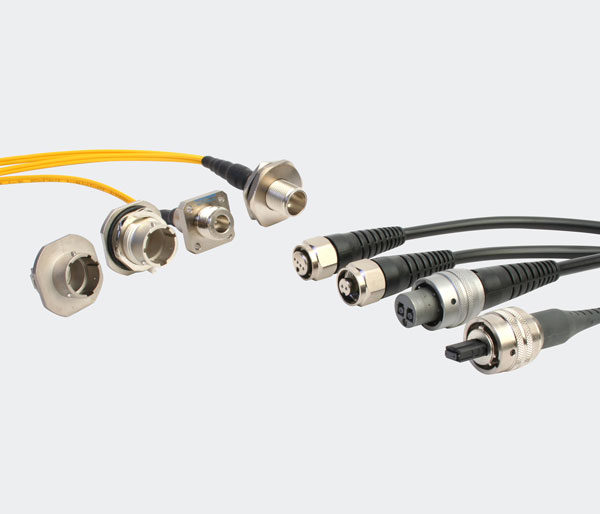As several telecommunications companies advance their existing DSL or VDSL networks to upgrade to fiber optics, most US cable TV operators are expected to compete and overlap with fiber to the home (FTTH) service providers by 2025.
However, according to a new prediction by MoffettNathanson, in the next few years, among several major cable operators, Cable One’s competitive optical fiber overlap should see the largest surge—from about 10% to about 36% in 2025. Comcast, Charter Communications and Altice USA will also face increasingly fierce FTTH competition, although their overlap ratio does not increase as sharply as Cable One.
MoffettNathanson analyst Craig Moffett admitted that although these “very rough forecasts” are based on the optical fiber plans or expected plans of companies such as AT&T, Verizon, Frontier Communications, Lumen, Ziply Fibre, Windstream, and Consolidated Communications, not all US telecom companies are related to the detailed information of FTTH projects. But it does provide those independent cable TV operators with ideas about the prospects they are about to face.
Moffett wrote: “A reasonable possibility is that telecommunications companies are more likely to upgrade to higher-density markets, resulting in disproportionately more fiber deployment in the Comcast area than in the Cable One area. Another argument is that telecommunications. The company has deployed fiber-optic networks in the most attractive markets. In the remaining regions, Comcast is not much more attractive than Cable One. We don’t know how many fiber-optic networks will be deployed by service providers that are not included in our analysis.”
Moffett currently predicts that US telecommunications companies will deploy FTTH to 66.95 million households by 2025, accounting for 49% of the total coverage. In contrast, the number of FTTH coverage in 2020 is 37.8 million, accounting for 29% of all coverage.
Of course, not every new FTTH subscriber will overlap with the subscribers of cable TV operators, especially some of them are upgraded on the basis of existing DSL or VDSL subscribers. However, the expected surge in such optical fiber construction activities by telecom operators has caused analysts to adjust the broadband subscriber forecasts of listed cable TV operators he covers.
For example, Moffett lowered his forecast of the number of broadband subscribers for U.S. cable TV operators from 2023 to 2025. He expects Comcast will add 1.3 million broadband subscribers in 2023, which is lower than the previous 1.39 million. It is expected that there will be 1.39 million new users in 2025, which is lower than the original forecast of 1.6 million. He pointed out that, generally speaking, the competitive impact of optical fiber construction will have a certain lag, which means that its impact on cable TV operators will reach its peak in 2024/2025.
According to data from MoffettNathanson, as of the first quarter of 2021, the total number of subscribers in the US broadband market is close to 116 million, a year-on-year increase of 4.7%. Divided by access technology, the number of broadband users of cable TV operators is 80.53 million, which is more than 33.48 million of telecom operators and 1.75 million of satellite access.




